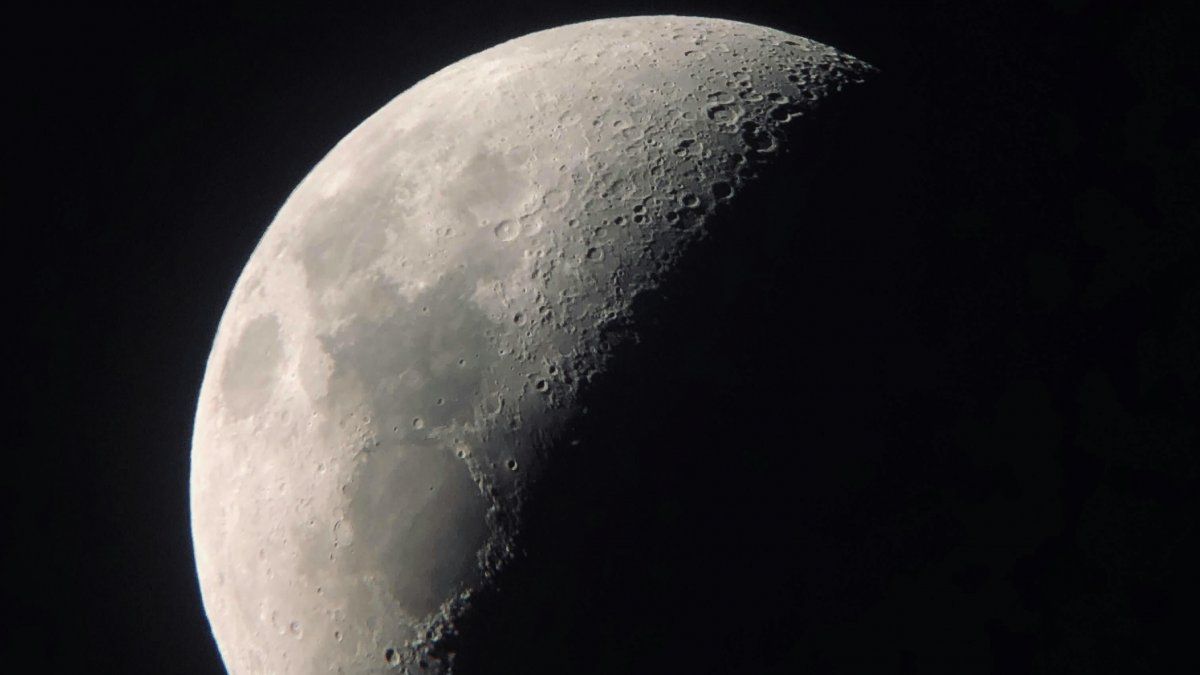China launched a mission this Friday to collect samples from the far side of the Moon, a milestone that is part of an ambitious space program aimed at bringing a manned mission to the Earth satellite by 2030. The rocket took off from the Wenchang Space Launch Center in Hainan province, in the south of the country, just before 6 p.m. local time.
The mission is the latest step in China’s ambitious space program which, according to the United States, is used to cover military objectives and is an attempt to establish its dominance in the Cosmos.
The state agency Xinhua described the launch as “the first attempt of its kind in history of Moon exploration.” Scientists consider the far side of the Moon to be promising as its craters are not as covered in ancient lava flows. This means there is more opportunity to collect material that offers clues about how the Moon formed.
China’s new space mission
The objective of the Chang’e-6 probe is to collect about two kilos of material from the far side of the Moon and bring them back to Earth for analysis. Is a 53 day mission technically complex that seeks a unprecedented featachieve the takeoff of a device from that part of the natural satellite that is not visible from Earth.
Embed
The Long March 5 rocket carrying the Chang’e 6 lunar probe takes off from the Wenchang spaceport.
With this mission, China aims to collect samples from the far side of the moon and bring them back.
pic.twitter.com/IBOhuCWvwF— Space Sciences (@Ciencias_Espac) May 3, 2024
“Chang’e-6 will collect samples from the far side of the Moon for the first time,” he told reporters Ge Ping, vice director of the China Lunar Exploration and Space Engineering Center. They also announced that the ship plans to land in the immense Aitken Basin, one of the largest known impact craters in the solar system, located at the South Pole.
After completing his mission of obtaining various soil and rock samplesand carry out other experiments in the landing zone, finally, the probe must take off from the Moon and begin its return to Earth.
Chang’e-6 It is only the first of three unmanned missions to the Moon that China plans this decade. Her successor, Chang’e-7will explore the South Pole of the Moon in search of water, and Chang’e-8 will attempt to establish the technical feasibility of building a base there.
Beijing estimates that a “basic model” of this base, named International Lunar Research Stationshould be completed in 2030.
Space race: China’s advances in space
Under President Xi Jinping, China has promoted its “space dream” and in the last decade it has devoted enormous resources to this program. The country is one step closer to closing the gap with the two established powers in space exploration, the US and Russia.
chinese spaceship.png
Launch of the Shenzhou-18 manned spacecraft.
(Xinhua/Wang Jiangbo)
The Asian giant has made notable progress: construction of Tiangong space station (Celestial Palace), the landing of robotic rovers on Mars and became the third country to take astronauts to space. By 2030, it plans to send a manned mission to the Moon and the construction of a base on the Earth’s satellite.
The head of NASA acknowledged last month that The US is now in a “race” against Beijing. “We believe that much of your so-called civilian space program is a military program,” NASA Administrator Bill Nelson told lawmakers on Capitol Hill.
In this context, the US agency seeks to take astronauts to the Moon again in 2026 with its Artemis mission. 3, after several decades since the last expedition.
Source: Ambito




